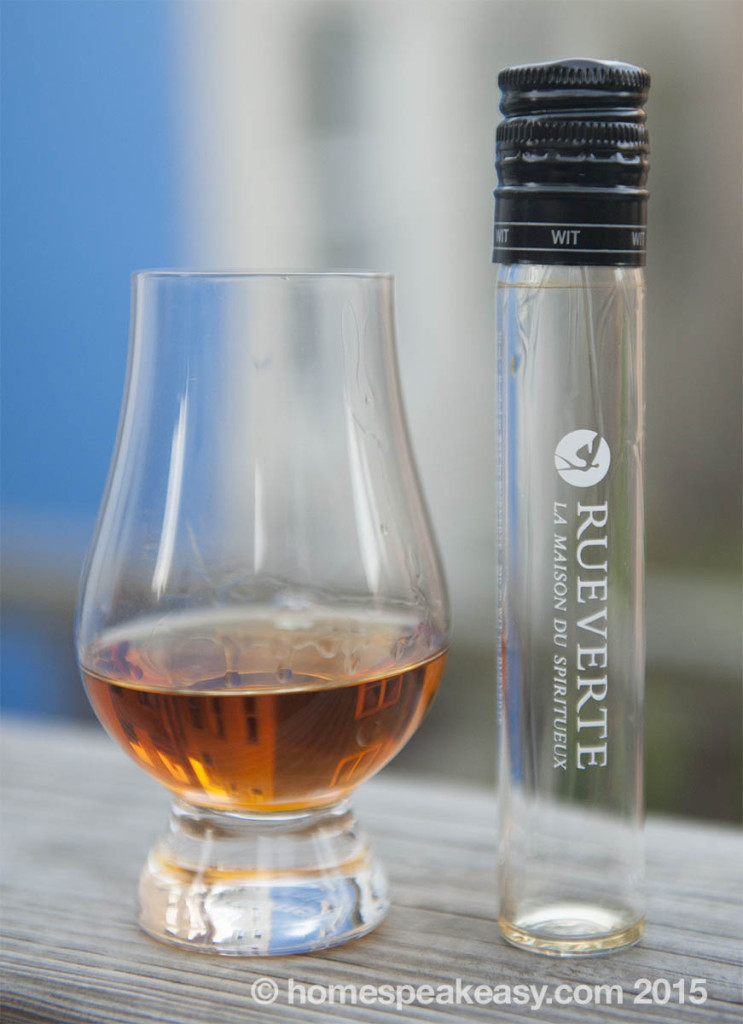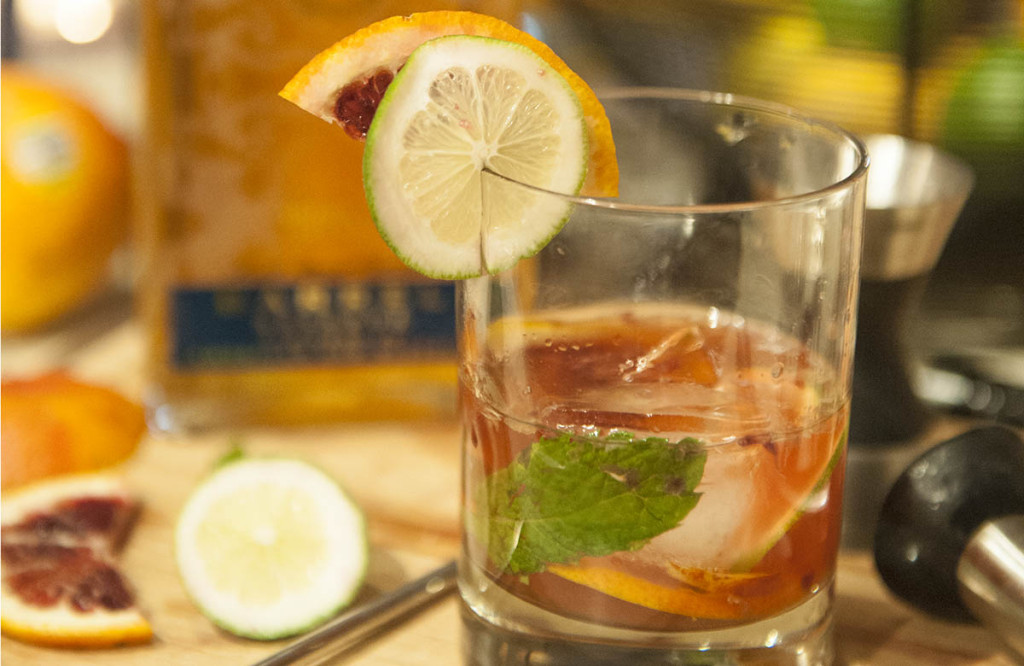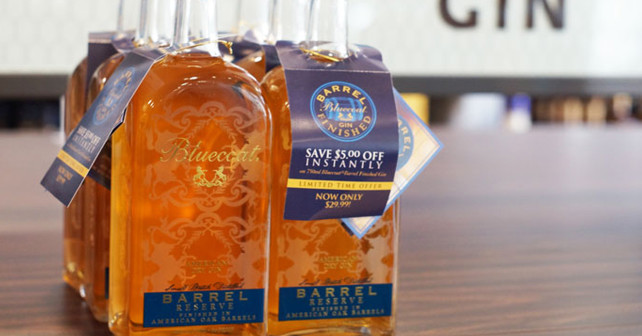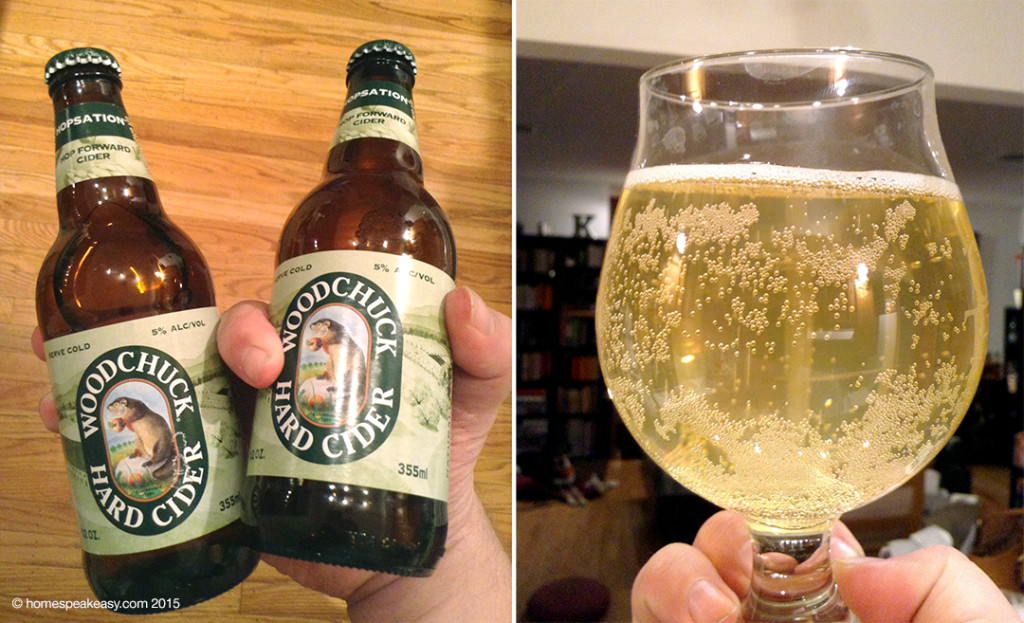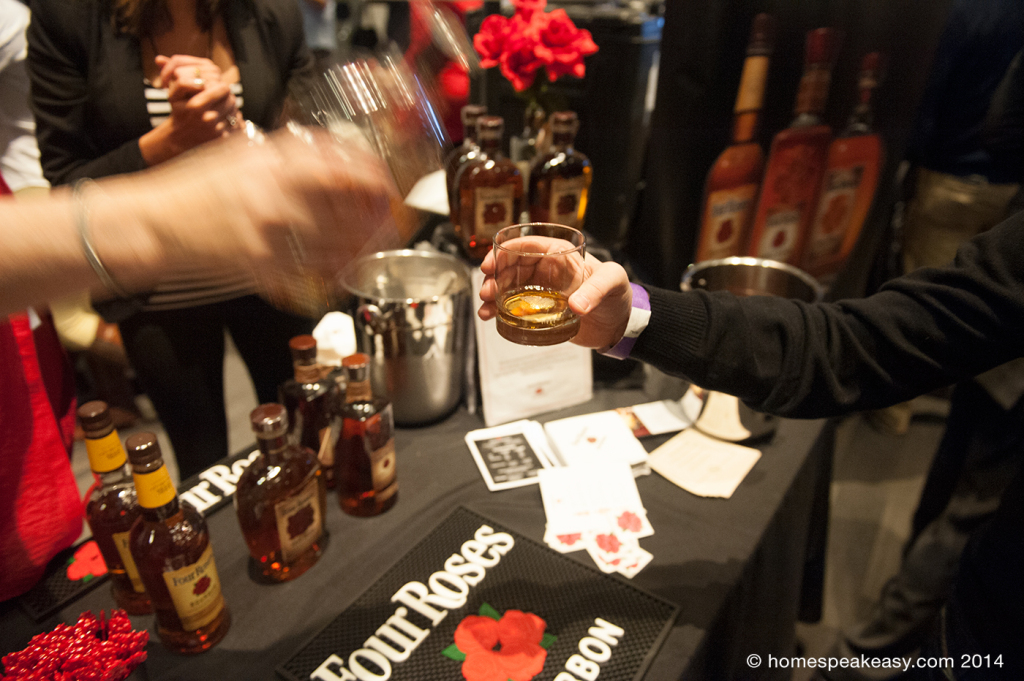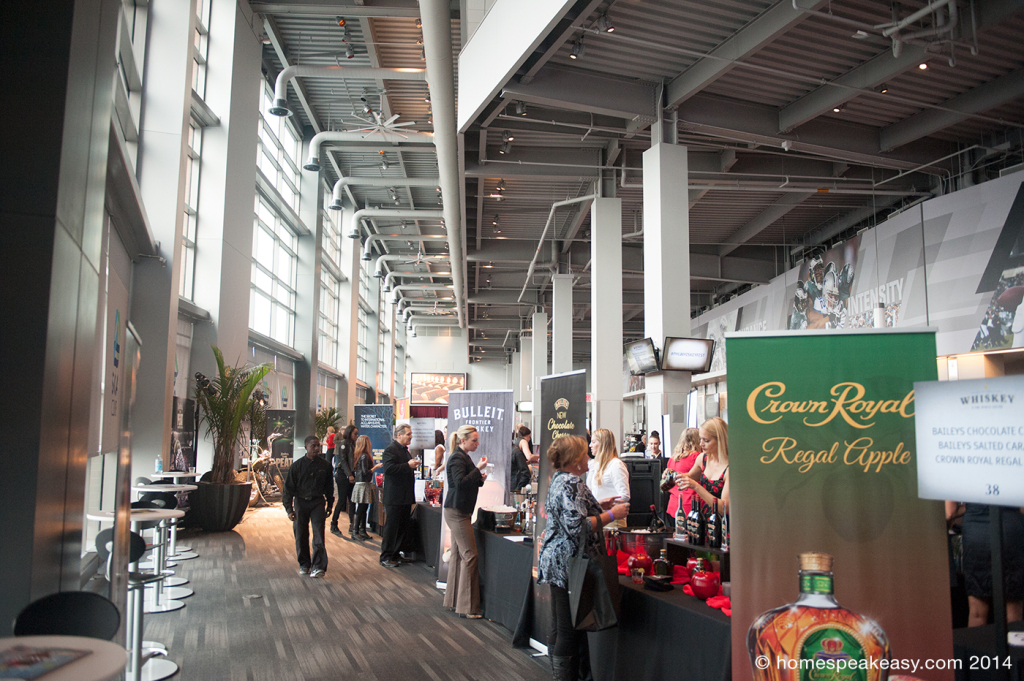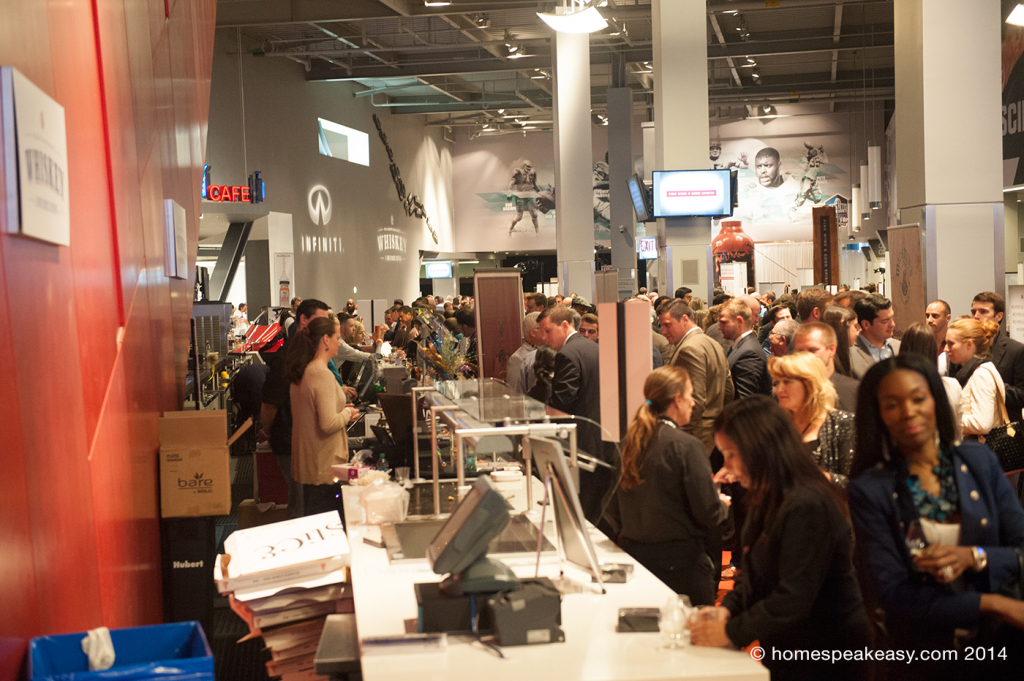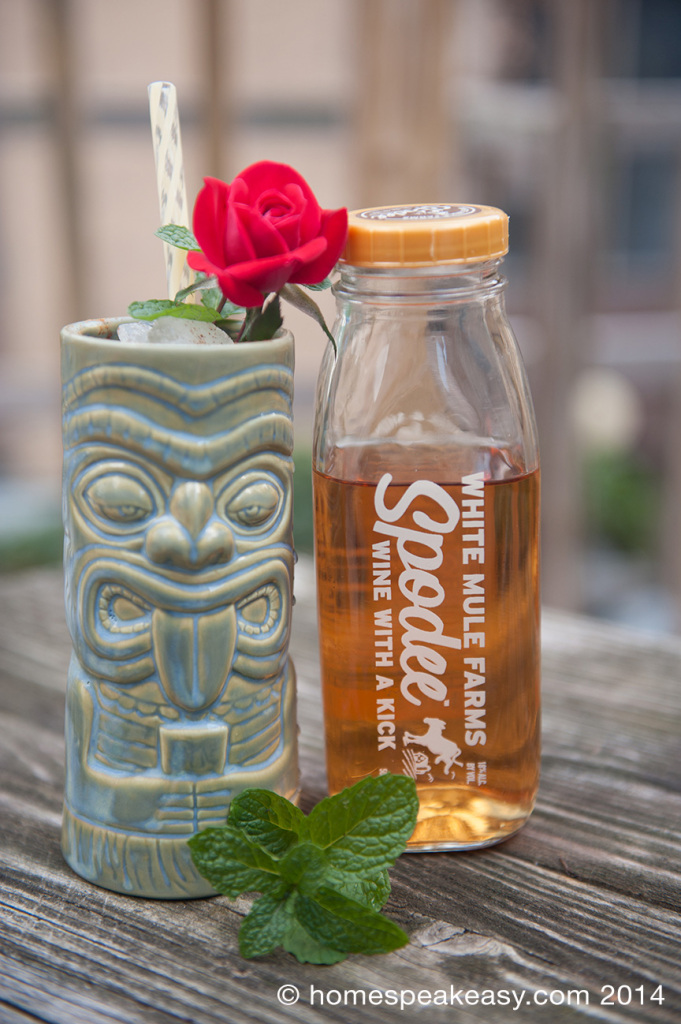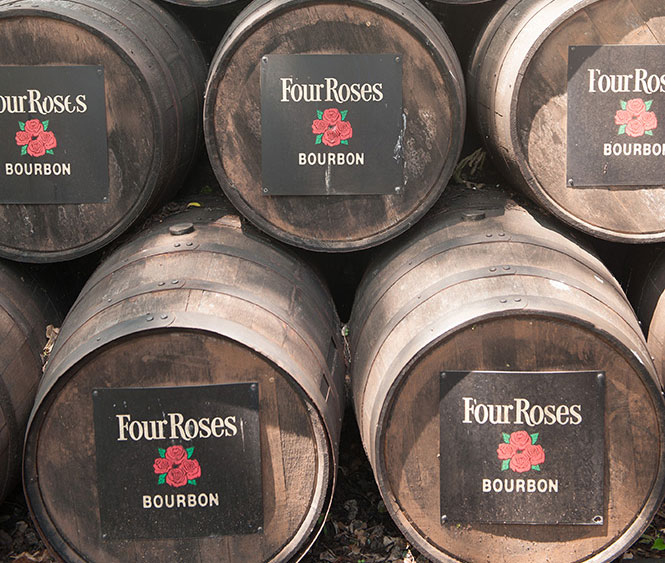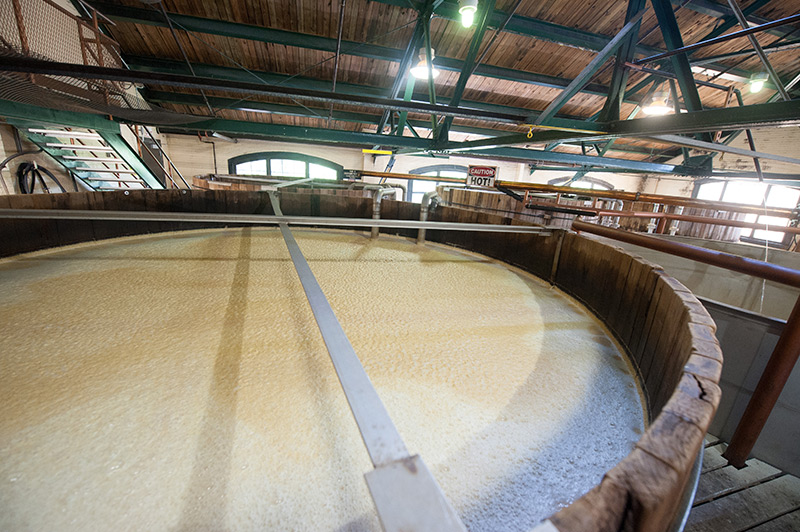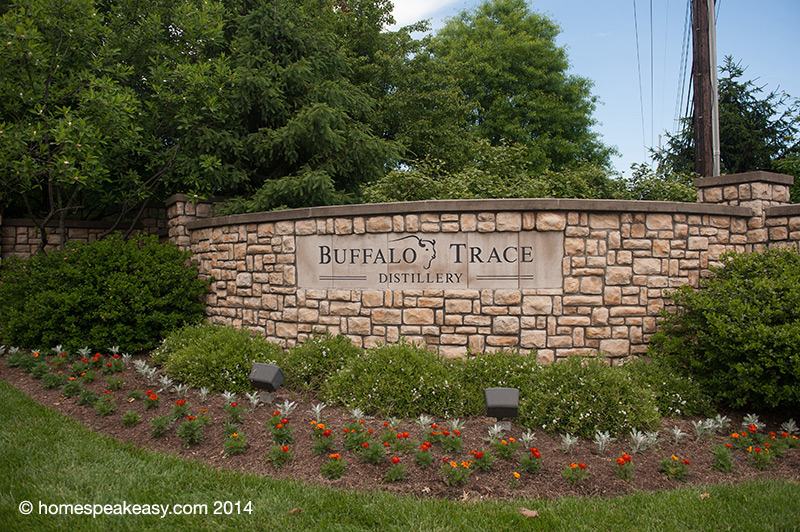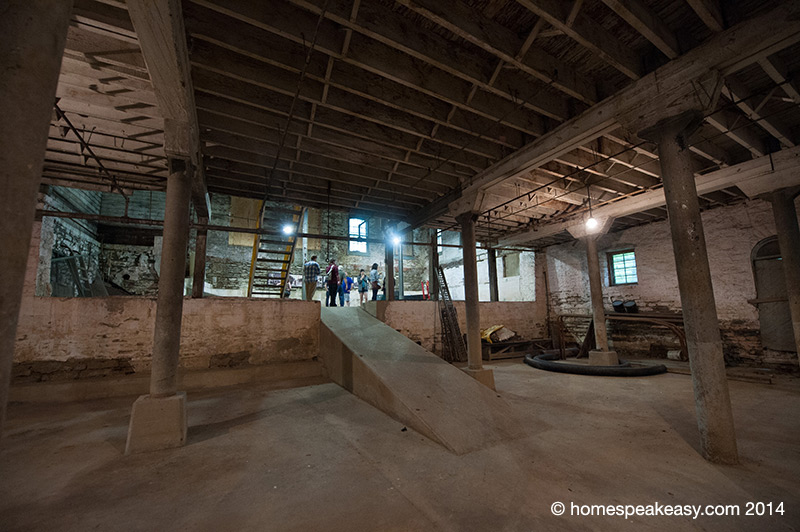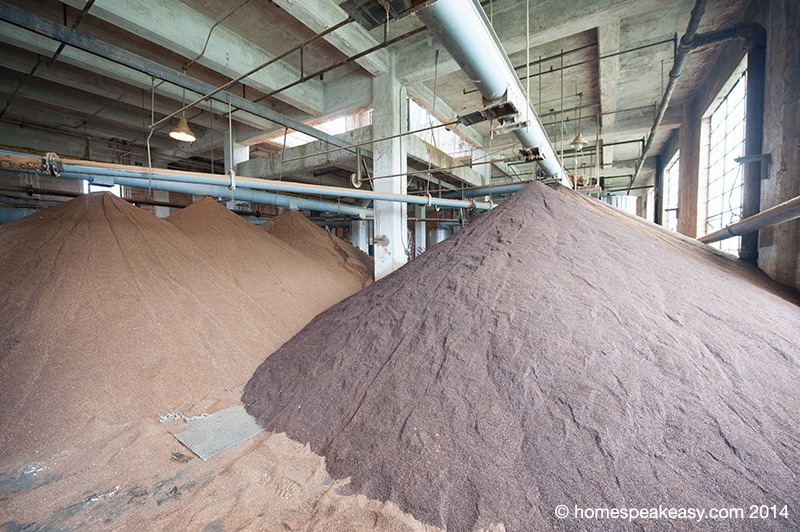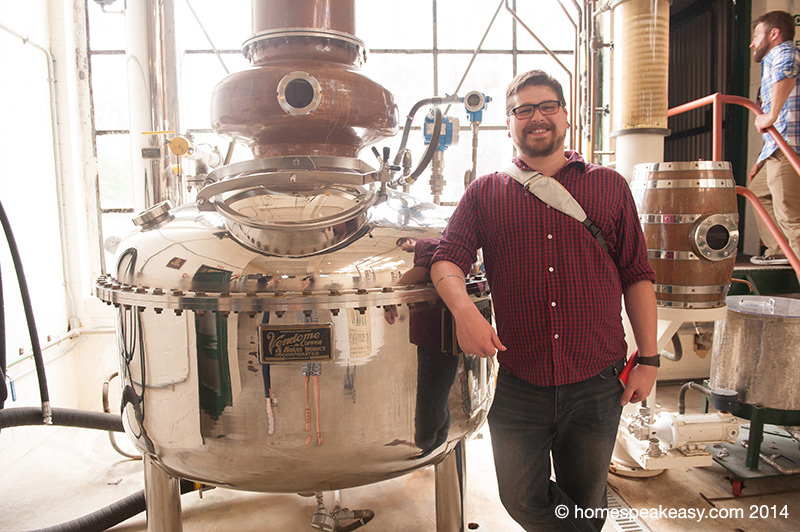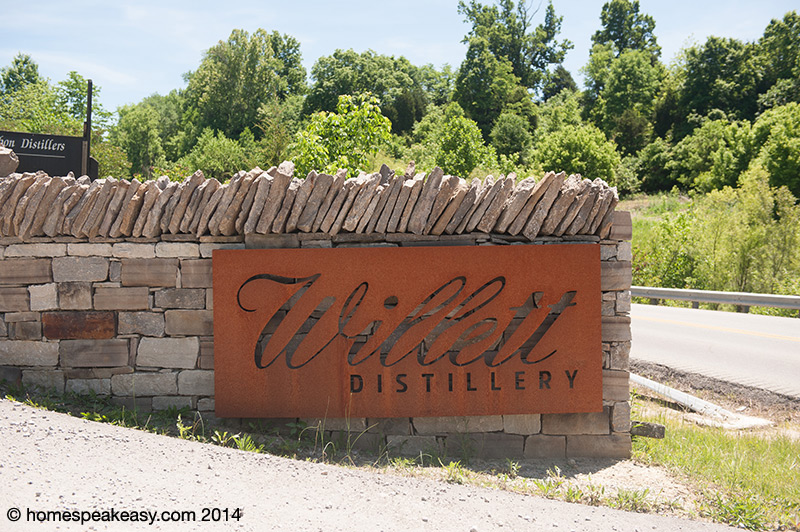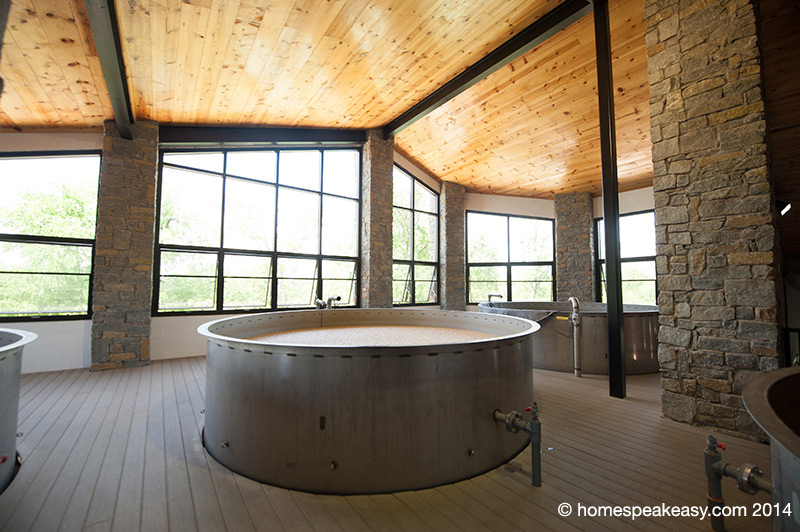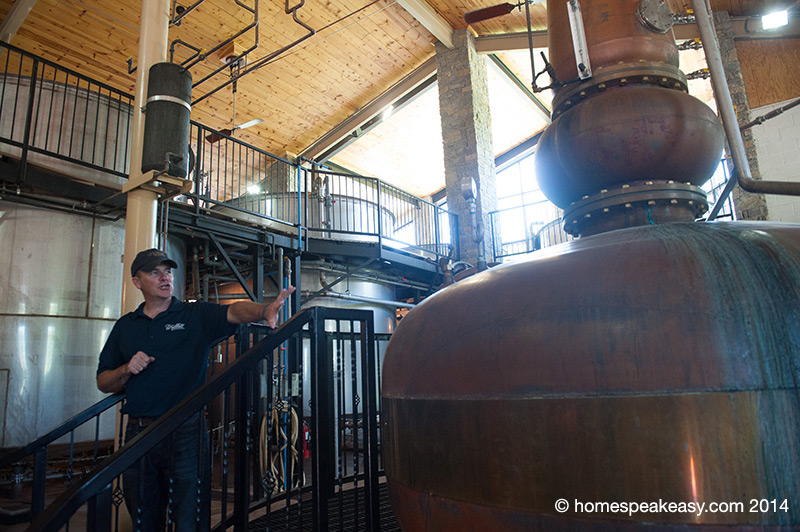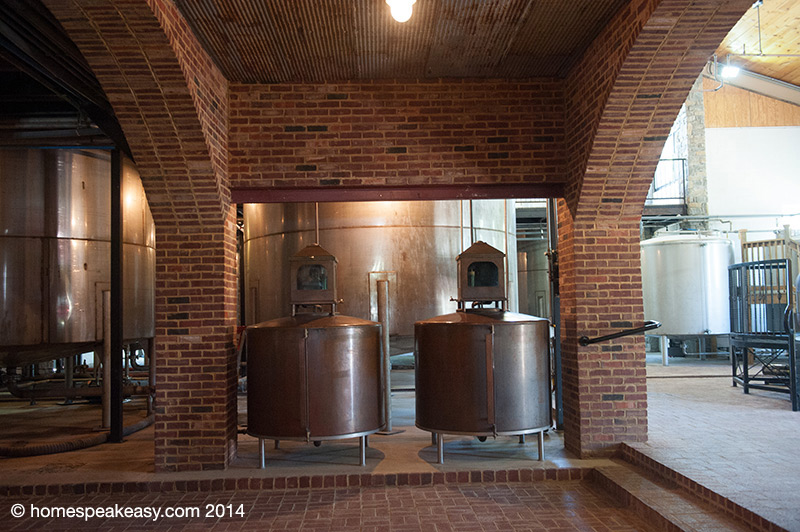The online retailer Rueverte sent us this little sample of Darroze – Les Grands Assemblages 12 ans d’age over a year ago, and it just sat on the shelf the whole time because I didn’t really know what to do with it. It wasn’t a large enough of a sample to make cocktails with, and if we’re being honest, I really don’t know anything about Brandy. I know even less about Armagnac. Before we gave this a shot, I was actually under the impression that it was distilled from apples for some reason, which is incredibly wrong.
It turns out that Armagnac is actually made the same way as Cognac (wine, distilled to a spirit), but in a different region of France, and with continuous column stills, rather than the pot still more commonly associated with Cognac. It was the first spirit distilled in France, and is only distilled once, resulting in a more fragrant and flavorful spirit than Cognac, but at the cost of smoothness. Aged in oak barrels softens the flavor and brings out more complexity.
The similarities in production to whiskey (which I relate everything to because it’s where I’m the most comfortable in what I know) didn’t end there. Even the nose was distinctly bourbon-like. Brown sugar and vanilla and butter with a little stonefruit at the end.
The taste was bold and woody. Sweet, but not the brandy sweet I’ve never been a fan of. Some notes of white grape, but none of the tartness of the skin, and a little grassiness as well. It had a nice deep belly burn, with almost none on the tongue. There was no ABV statement on our sample, but it drank like a ~94 proof bourbon. The aftertaste was candy sweet, and almost the best part of the drink.
We tried it with a drop of water, and chilled with an ice cube, but both just kind of ruined it. Room temperature was easily the best. Of the night, the Darroze was easily the favorite spirit we tasted, every one of us pretty much floored how much we were enjoying this tiny glass of brandy. In retrospect, I’m kind of glad we didn’t have enough to try in a cocktail, because it probably would have been a waste of flavors.
When we were finished, we tried a glass of the only other bottle of Armagnac we owned, Marie Duffau Napolean, but unfortunately it wasn’t what we had hoped. It wasn’t BAD, but a lot of the complexity was missing, and the sharp sweetness and strong grape flavor was there.
In the end, I’ve got to say I recommend picking up a bottle of the Darroze if you come across it. I hate to heap too much praise on something I’ve been sent for free because it makes me feel like a bit of a shill, but damn, if that wasn’t some tasty liquor.
It can be purchased online here, but I’m guessing it can’t be shipped to PA because the PLCB is the worst. Thanks again to Sarah, Jordan and Denise from rocksorneat.com and asideofketchup.com for helping us taste everything.
